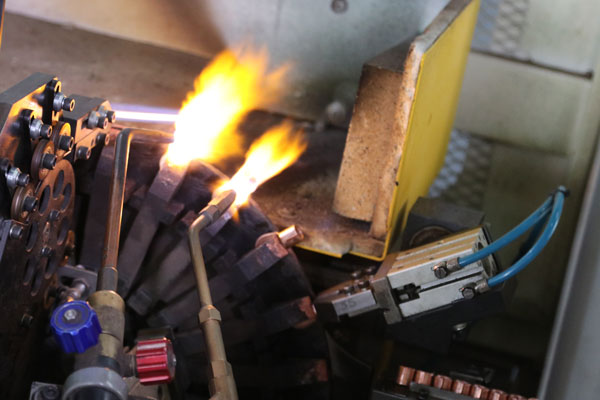In this content, we will present a real case study aiming to address the importance of paying attention to the use of low-quality electrical terminals and connectors. Such usage can result in serious problems in the short, medium, and long term. All relevant technical information will be presented to demonstrate the impact that the use of inferior-quality materials can have. This way, readers can draw their conclusions regarding the benefits of using high-quality materials for electrical installations.
Understanding the Tested Installation
The installation used in this case study is located in the municipality of Rio de Janeiro (RJ), Brazil. This installation serves a 23-story building, with 20 floors consisting of commercial offices, totaling 630, and three floors of technical areas (machine rooms, warehouse, etc.). The electrical installation of the case study comprises from the point of delivery from the utility company to the building to the downstream protection of the individualized measurement of the commercial office units, as well as all circuits and equipment in the technical and common areas of the building, with an installed load of approximately 2MVA. Regarding the age of the electrical installation, it can be considered mixed as it has both old and modernized equipment due to a renovation after an incident in 2007. The building started operating in the 1940s, and its facilities, during the test periods, underwent some updates as they were temporary installations, which are being updated to meet the latest standards of the local utility.
Case Presentation
The entire electrical installation, historically, had an annual average of eight to 12 equipment and circuit failures due to electrical defects and existing local conditions after thermographic tests. Some of these faults were severe, and their repair took up to two days. These repairs and interruptions caused significant disruption, particularly affecting the building and commercial clients. In other cases, the repair took no more than two to three hours to be resolved, but still caused minor inconveniences and lesser damages. After the use of thermographic testing, notably a predictive test, records showed a decrease in client complaints due to installation defects. This defect occurred shortly after the first thermographic test. Despite being identified in the thermographic test, there was not enough time or available resources for intervention and normalization, and the defect caused a failure two days after its identification.
This atypical case within our experience was analyzed with special attention and led to a change in the treatment of analyses, increasing their rigor and decreasing their tolerances. This was because the fault occurred at a hot point that, at the time of the test, did not seem or was not classified as “so critical,” while other more critical points did not generate faults before maintenance intervention.
With these revised measures in properly installed facilities and the replacement of electrical terminals used, the installation had no more occurrences of failures due to electrical defects in subsequent test periods, from 2012 to 2015.
Conclusion
We can conclude that the use of low-quality materials (electrical terminals and connectors) can have a much more significant impact than we might imagine. The expenses on constant repairs and maintenance make any savings made in the purchase of electrical terminals with quality standards impractical.

